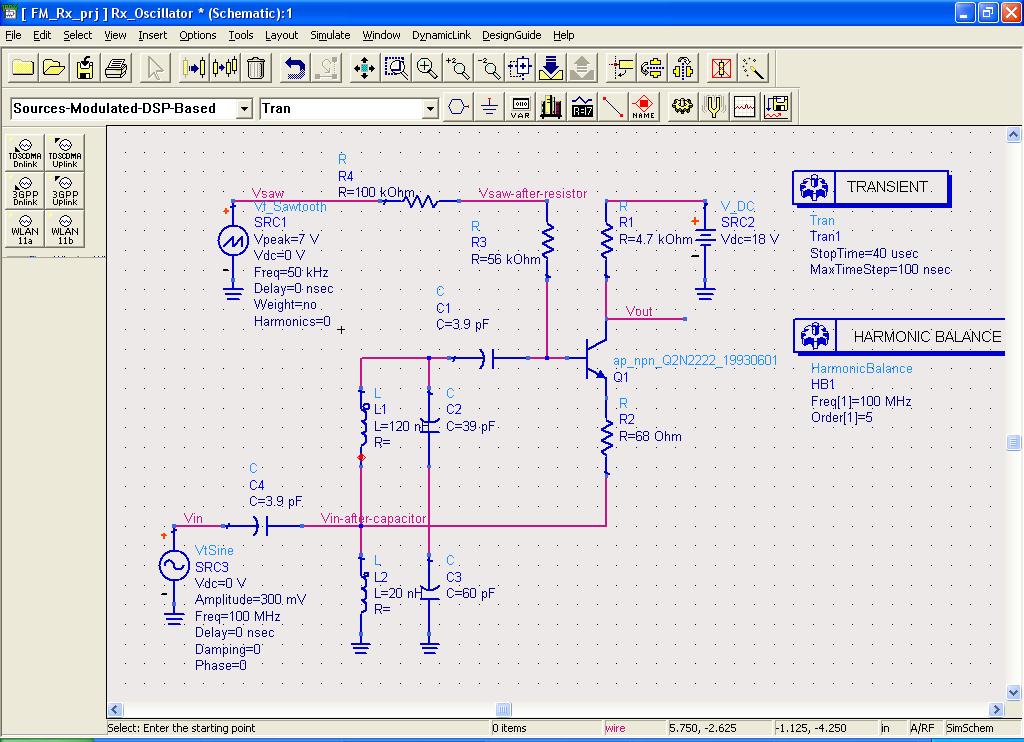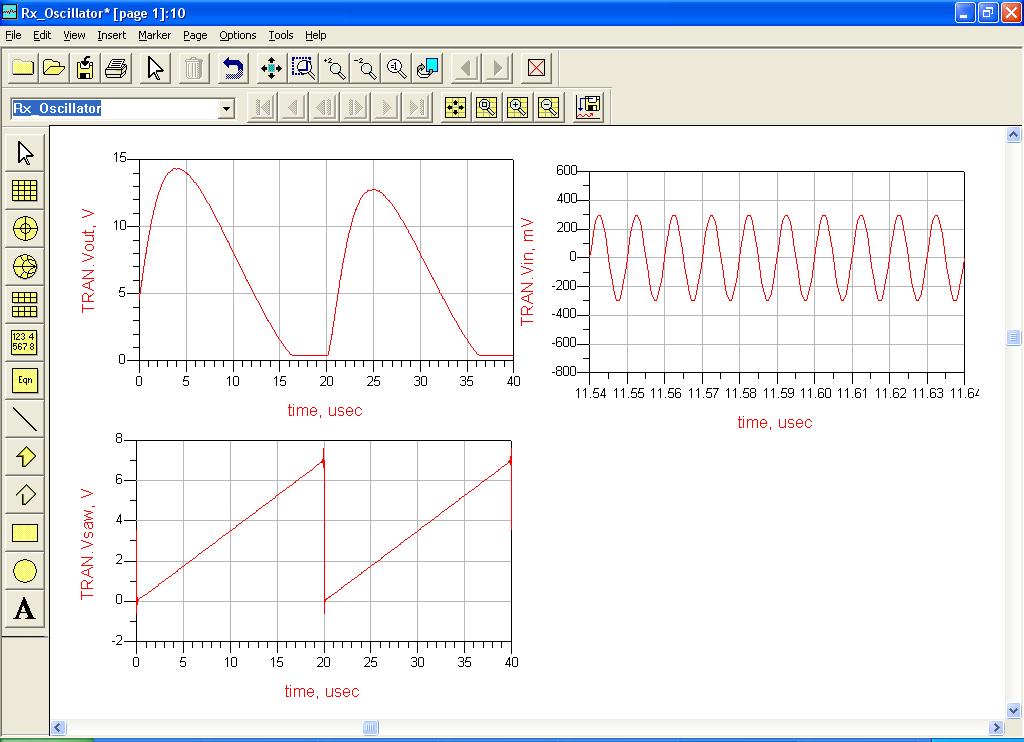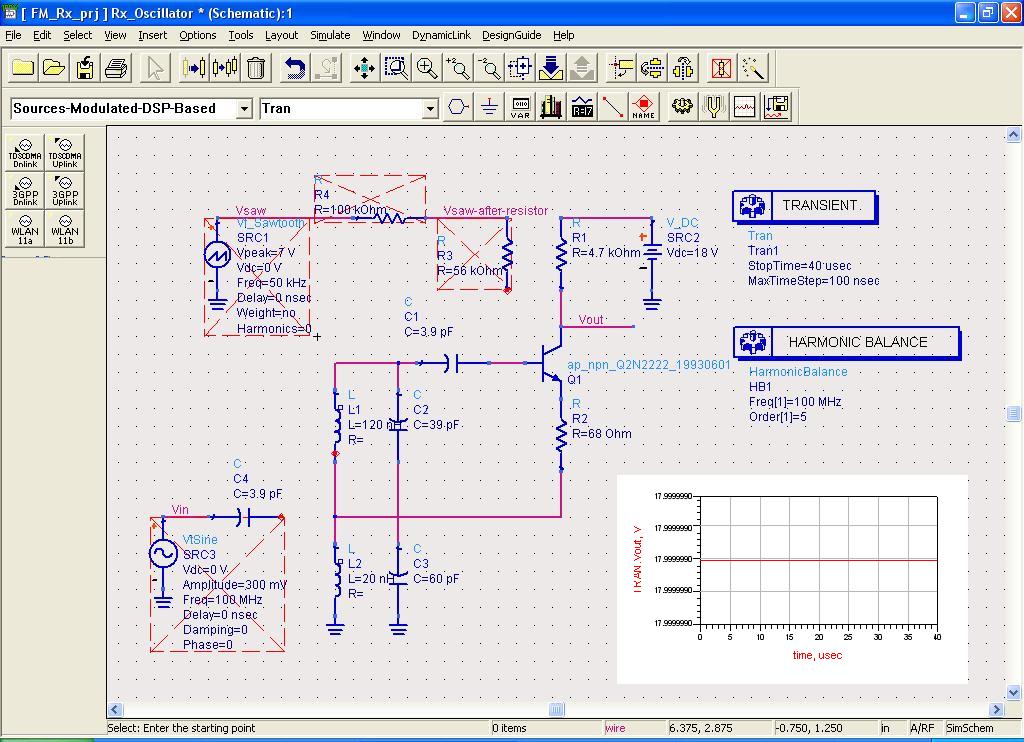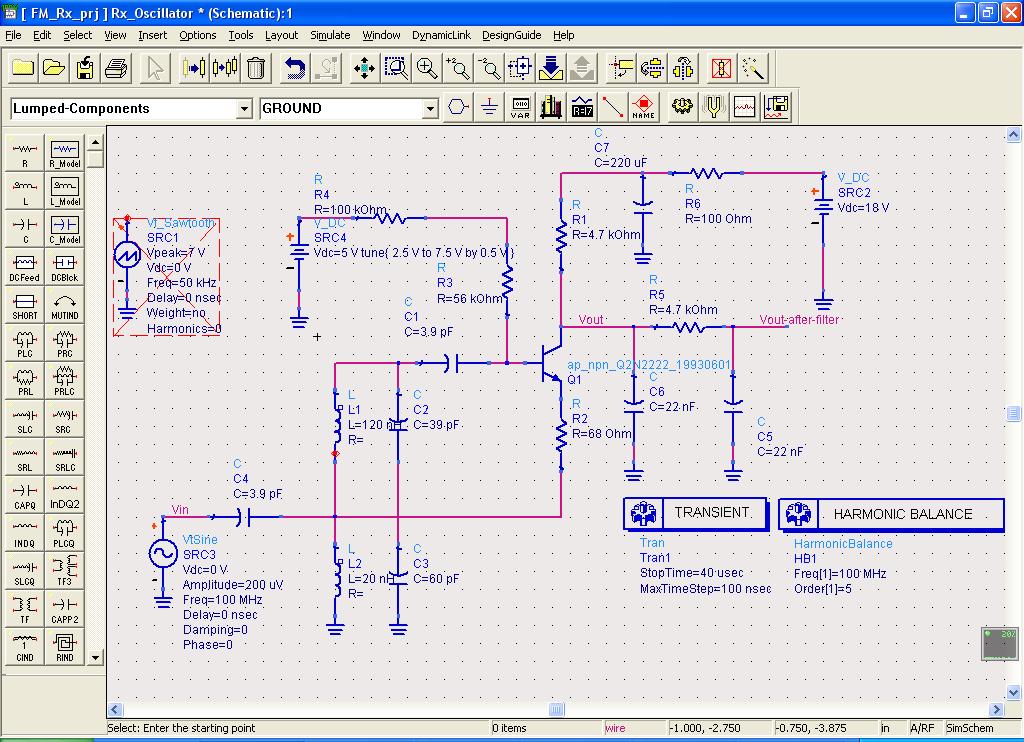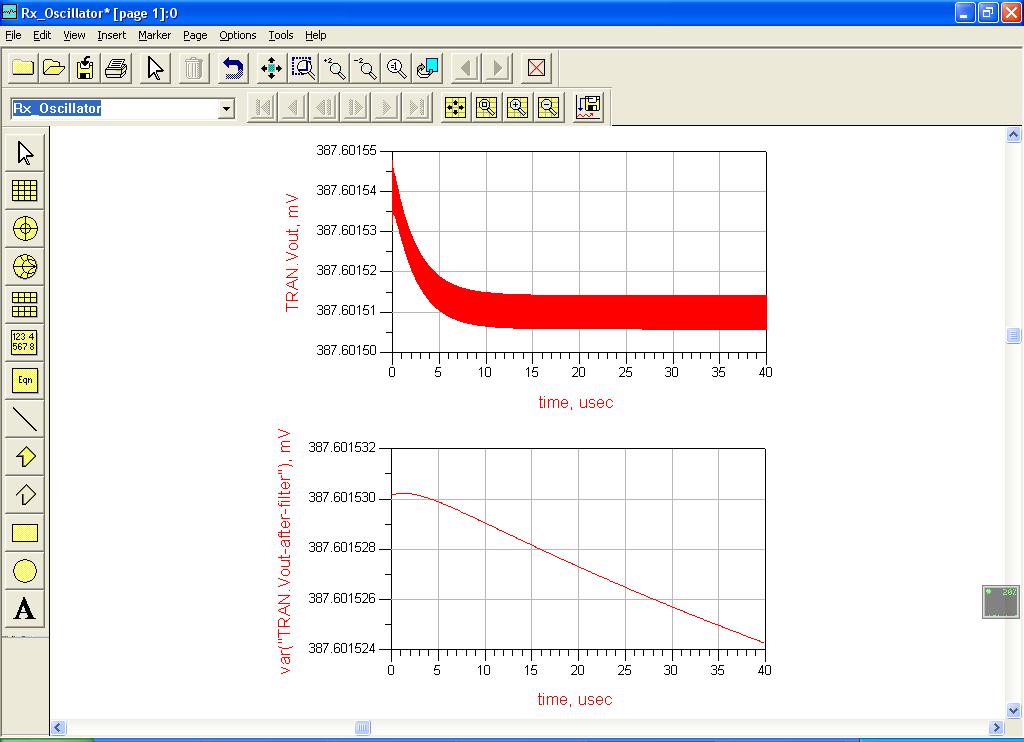oasis4355
Member level 3
ujt 2n2646 spice model
Hi all,
i found this circuit online.
**broken link removed**
I understand that Q6 is a quenching, but what does it do? How can i simulate the whole thing? It's hard for me to simulate it while i don't have any understanding on quenching circuit. I was hoping someone can advice me on this.
Thanks in advance
Alex
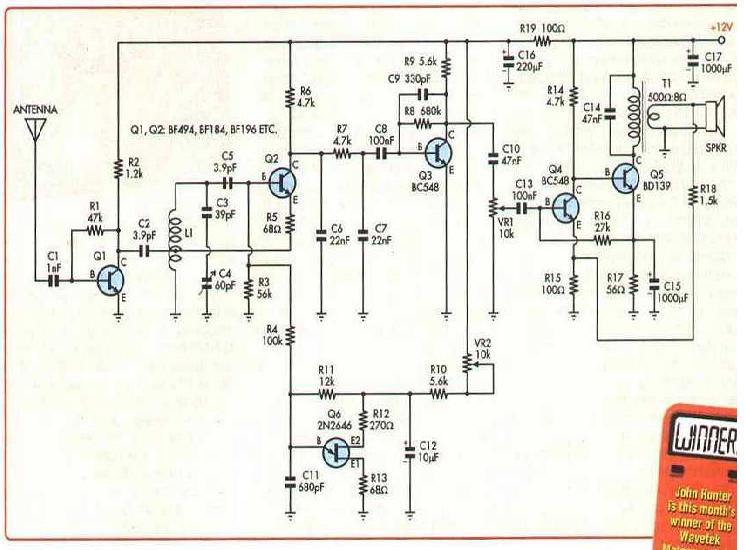 [/img]
[/img]
Hi all,
i found this circuit online.
**broken link removed**
I understand that Q6 is a quenching, but what does it do? How can i simulate the whole thing? It's hard for me to simulate it while i don't have any understanding on quenching circuit. I was hoping someone can advice me on this.
Thanks in advance
Alex
